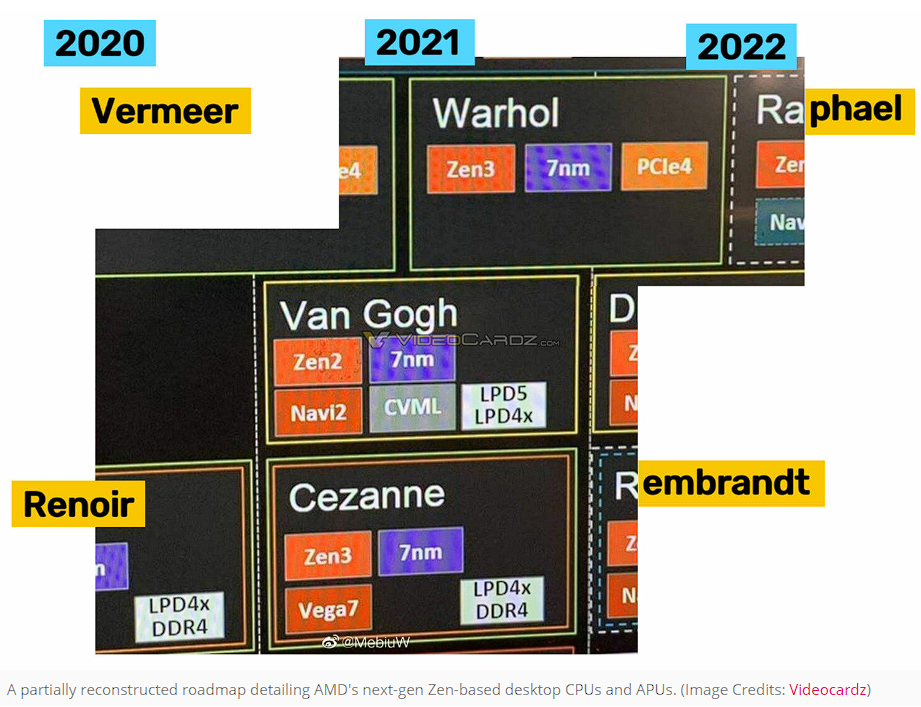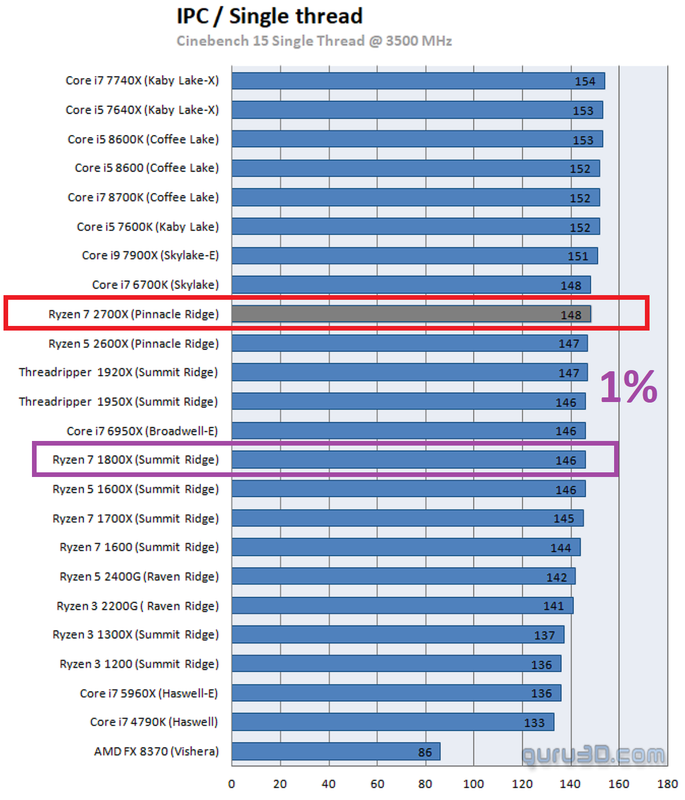AMD Confirms "Zen 4" on 5nm, Other Interesting Tidbits from Q2-2020 Earnings Call
https://www.techpowerup.com/270414/...nteresting-tidbits-from-q2-2020-earnings-call
- TSMC N5 process node;
- AM5 boards;
- DDR5 dual-channel mode per module - quad-channel per dual-slot DDR5-3200 to DDR5-6400;
- PCIe 5 - double the throughput of PCIe 4;
- *probably* double the core count;
- all for 2021 time frame.

https://www.techpowerup.com/270414/...nteresting-tidbits-from-q2-2020-earnings-call
- TSMC N5 process node;
- AM5 boards;
- DDR5 dual-channel mode per module - quad-channel per dual-slot DDR5-3200 to DDR5-6400;
- PCIe 5 - double the throughput of PCIe 4;
- *probably* double the core count;
- all for 2021 time frame.











